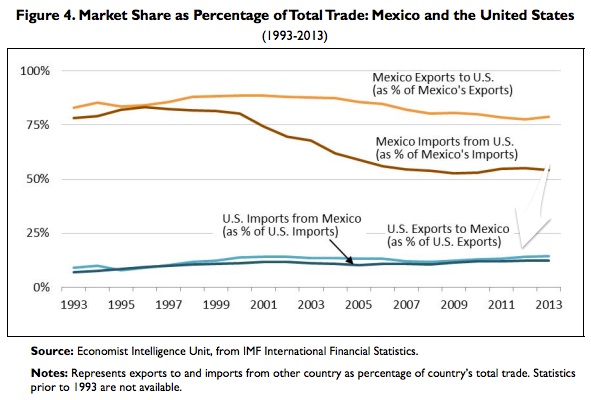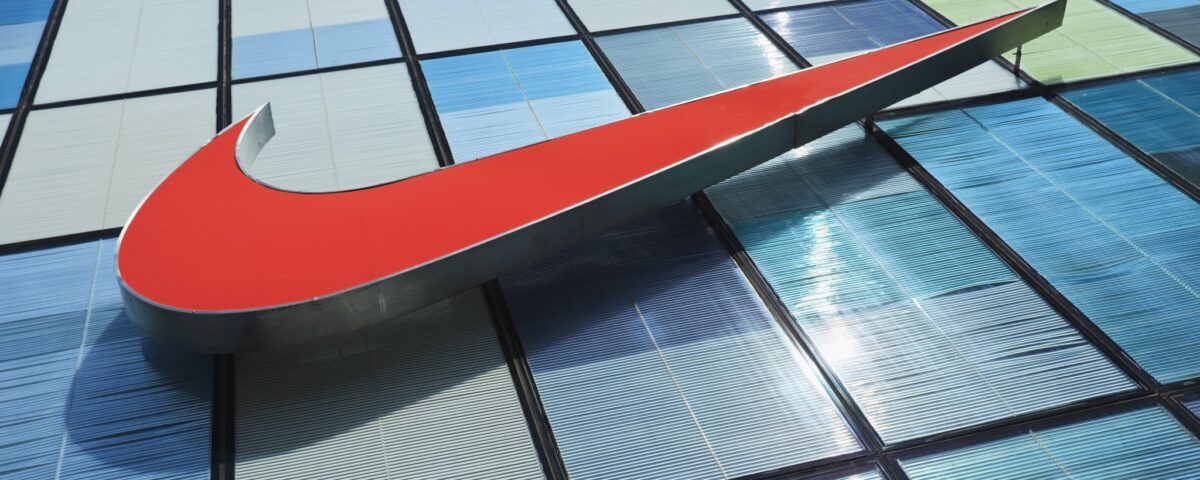
What the Big Mac Says About the Trans-Pacific Partnership
May 19, 2015
What Bread Says About Women
May 21, 2015If you have a pair of New Balance sneakers, there is a chance that they were made in the U.S.A. The only major sneaker maker that has factories in the U.S., New Balance likes the tariff on footwear made in Vietnam. Nike does not.
Between New Balance and Nike, we can sum up the Trans-Pacific Partnership jobs debate. New Balance says the U.S. can maintain its ability to make athletic shoes only if a tariff elevates prices on goods coming from low wage countries like Vietnam. Responding, Nike says the TPP will actually create U.S. jobs. A tariff free supply chain enables semi-finished products to move between countries. Consequently Nike can have U.S.-based designers and product engineers adding value to a product made by Vietnamese labor.
Where are we going? To whether the facts support free trade.
The short answer is probably but it is tough to confirm quantitatively because there are too many variables. You just cannot isolate the impact of free trade.
But let’s try…
The Impact of NAFTA
Negotiated and signed by the first President Bush, passed by Congress under President Clinton and begun in 1994, the North American Free Trade Pact was a first. Yes, there had been free trade agreements before but this was a big one and unusual because two developed nations and one developing country were the signatories.
Mexico’s low wages had many people in the U.S. worried. One group cites more than 600,000 job losses because of NAFTA. Another group uses the example of a tariff on Chinese tires to show that each job it protected cost consumers $900,000 because of higher tire prices.
Meanwhile, as you can see below, our merchandise trade with Mexico is relatively small. In addition, a closer trading relationship and less protectionism among Canada, the U.S. and Mexico had already begun so who knows the counterfactual.

From: Congressional Research Service
Where does that leave us for the TPP?
Winner and Losers
As economists, let’s conclude that while NAFTA probably gave our GDP a moderate boost, still there are winners and losers.
The auto industry points out that NAFTA ensured the U.S. participation in a globally competitive supply chain for manufactured goods like autos. Because semi-finished goods and designs could move across borders with ease, there was more cooperation. One Wharton professor suggests that jobs that went to Mexico would have gone to China anyway.
But on the other hand, we have the Maytag refrigerator factory in Galesburg Illinois that moved to Mexico. In Maine, the New Balance facility might close if there is no Vietnam tariff.
Our Bottom Line: Comparative Advantage
The economist who first explained comparative advantage, David Ricardo (1772-1823) said each nation should make whatever involves the lower opportunity cost. Because we are all doing what we do best, productivity is optimized through specialization and trade. Paying less, consumers have more money to allocate elsewhere.
Confirming Ricardo’s insight, so very charmingly, below, Nobel laureate Milton Friedman explains that tariffs can appear attractive because the job numbers they boost are visible while the costs to consumers and other industries are invisible. However, that concentrated benefit is far less than the diffuse cost.
Do watch the full 6 minutes. Dr. Friedman presents a wonderful banana example at the end.
![econlifelogotrademarkedwebsitelogo[1]](/wp-content/uploads/2024/05/econlifelogotrademarkedwebsitelogo1.png#100878)



